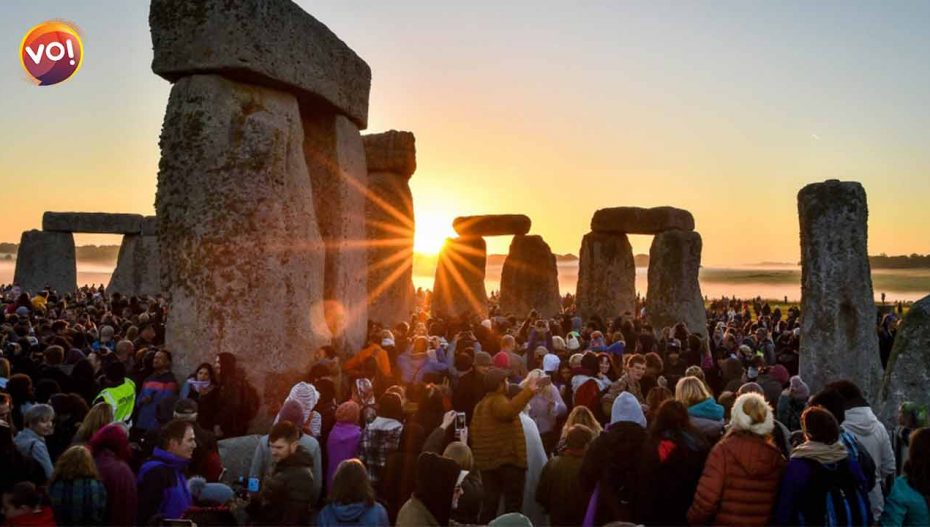The summer solstice is the longest day of the year. It is the day with the longest period of daylight in the Northern Hemisphere. In 2022, the June solstice occurs on Tuesday, June 21. The summer solstice occurs when Earth reaches an orbit point, when the North Pole is at maximum tilt towards the sun, about 23.5 degrees. The summer solstice occurs in the Northern Hemisphere in June, while the Winter Solstice takes place in the Southern Hemisphere in December. For people in the northern half, December 22 is the winter solstice by way of the “shortest day” in the year.
The word ‘solstice derives from the Latin word “sol,” meaning sun, and “sistere” meaning stationary or standing still.
Celebration of solstice around the globe:
- In Sweden, the solstice is always celebrated on a June Friday. So, the solstice will be marked on June 24. Traditional celebrations, including folk dancing, wreath making, and maypole raising, occur throughout the country.
- Seattle’s tradition includes Solstice Parade and Fair, which returned to the city after a two-year pandemic pause. On June 18 this year, the celebration saw the traditional naked bicyclist ride, where cyclists adorn themselves with intricate body paint.
- At England’s iconic Stonehenge, festivities returned after a gap of two years. People gather at the monument, like their predecessors. Set up in 2500 BC to frame the sunrise and sunset of the summer and winter solstice, respectively.
Some Interesting Facts:
- The ancient cultures studied the sun’s path across the sky, the length of the daylight, and the sunrise and sunset throughout the year. Moreover, monuments like Stonehenge were constructed to follow the sun’s annual progress, worship the sun and calculate its movement.
- The North Pole is directly tipped more away from the sun during the June solstice than any time of the year. As a result, all locations in the South see days shorter than 12 hours, and all the north locations witness days longer than 12 hours.
- Iceland is the only place outside the Arctic Circle where the sun doesn’t set. In northern Iceland, if one watches from the top of a cliff, it looks like the sun dips down to the horizon, brushes the water, and rises again.
- According to Earth’s current orbit, the dates for the summer solstice rotate between June 20, 21, and 22. Depending on the physics of our solar system.
- On the summer solstice, the sun’s path is curved instead of a straight line across the sky.
Read also: No Sweet Talk. 12 Women Who Spoke Their Mind… Always













